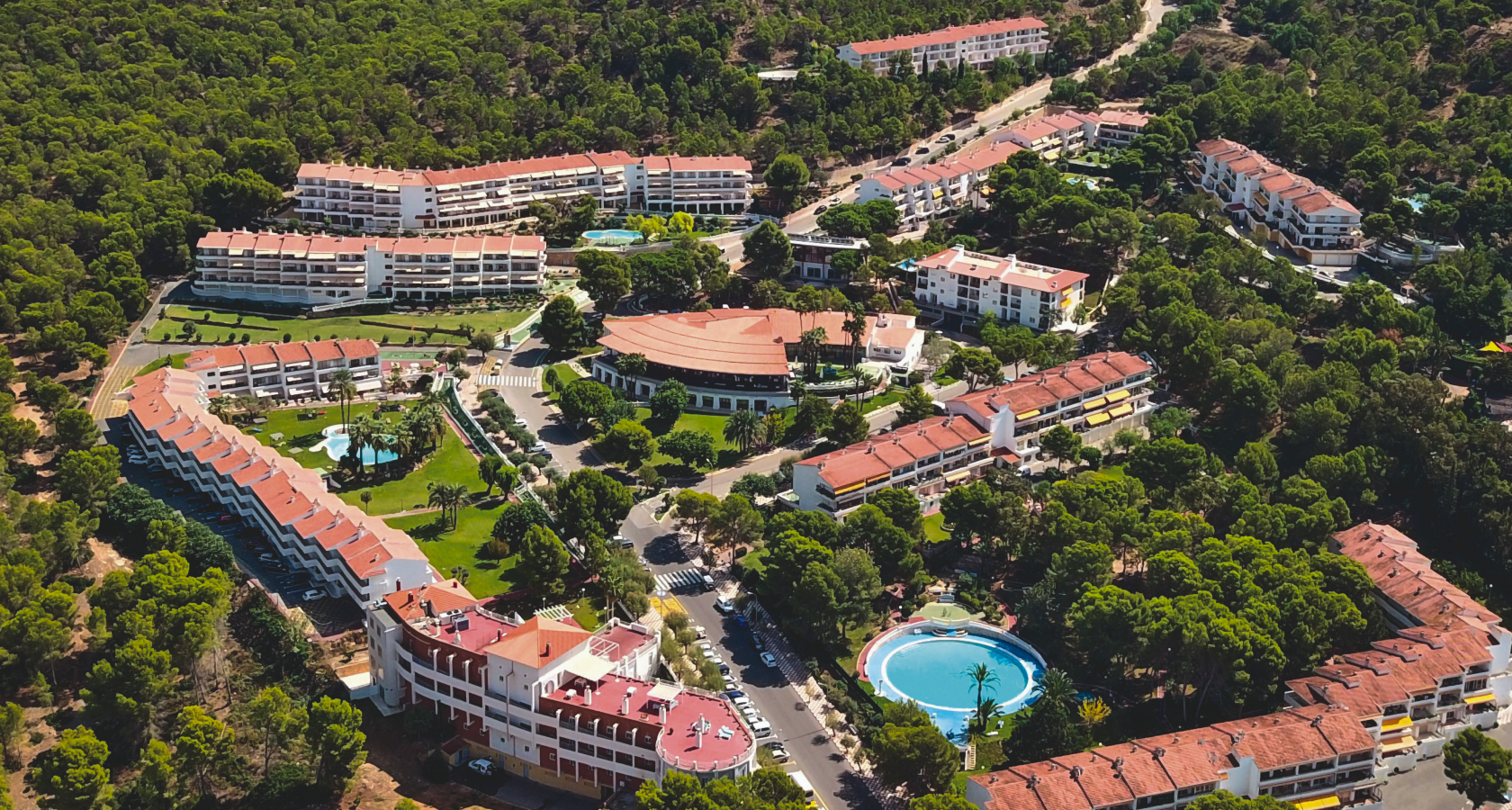
Fill out the form with your details, and we will attend to your request as soon as possible.



Central Building

Iris Building

Gardenia Building

Hortensia Building

Flora Building

Elisa Building

Heated Swimming Pool

Swimming pools

Swimming Pools

Restaurant

Indoor Pool

Reception
Not Ready for a Care Home, But Tired of Managing Alone? Here’s the Middle Ground

You’re independent. Still sharp. Still mobile. Maybe you take medication, maybe you don’t. You manage your days, your budget, your routine. You’re not someone who “needs care”.
But you’re tired.
Tired of coordinating appointments. Tired of waiting for tradespeople who never come. Tired of figuring out who to call if something breaks. And tired, maybe, of too much time alone.
Here’s the part that doesn’t get discussed enough: between fully independent living and full-time care, there’s space. A middle ground. Somewhere that supports your independence without taking it away.
That’s where this starts.
The burden of doing it all yourself
Let’s call it what it is. Managing your own home can be exhausting.
Shopping. Cooking. Pharmacy runs. Booking transport. Coordinating bills. Keeping up with maintenance. Making sure the fridge has something in it and the boiler’s still working. None of it is “hard,” exactly. But the sum of it? It wears on you. Especially when you’re doing it alone. Especially when you live abroad and systems feel just unfamiliar enough to cause stress.
And then there’s the quiet part: what if something happens? A fall, an illness, a complication with paperwork. Who’s nearby? Who notices? Who helps?
This isn’t about fear. It’s about recognising the real mental load of independent living - and asking whether it’s still worth carrying on your own.
Why traditional care models don’t fit (yet)
You’re not ready for a care home. You don’t want round-the-clock monitoring or to lose your freedom. You don’t want meals on a tray or to give up your own space. And frankly, you don’t need that.
So when traditional care homes or assisted living come up, it feels like someone skipped a chapter.
That’s because they did. The chapter in between - where you’re still active, capable, and clear-headed - but simply want less responsibility and more peace of mind.
That chapter deserves a setting of its own.
What the middle ground looks like
Imagine this.
You live in your own apartment. Full kitchen. Private terrace. No stairs. Views of green space. You can make your own breakfast, or have lunch in the restaurant. Go out when you like. Lock the door. Invite guests.
But the daily grind? Handled.
There’s a multilingual reception. On-site healthcare if you need it. Maintenance taken care of. A bus to town. Activities if you feel like being social. Quiet walking paths if you don’t.
You’re not in a care home. You’re not alone in a flat worrying about who will help if something goes wrong. You’re somewhere designed for your current life - and flexible enough for what comes next.
Why it’s not about age - it’s about energy
This isn’t about being “old.” It’s about recognising where your energy is best spent.
Do you want to spend your time waiting for the plumber, or reading a book? Coordinating pharmacy visits, or planning a day trip? Mopping floors, or having coffee with neighbours?
When you take away the weight of daily logistics, you make space for the things that actually matter. And that’s not just easier. It’s healthier. Mentally, emotionally, even physically.
What independence really means
A lot of people think independence means doing everything alone. It doesn’t. True independence means choosing how you live - and having the right support in place so you don’t get trapped in a cycle of constant management.
Independence is being able to go away for a week without worrying about leaks or alarms. It’s knowing that if you feel unwell, someone is nearby. It’s having a safe, calm place to come back to after a trip. It’s never feeling like you’re one unexpected event away from overwhelm.
That’s the version of independence more and more retirees are looking for. And it’s the one a place like Ciudad Patricia was built to support.
Rethinking the default options
So many people stay in houses they no longer enjoy simply because they’re afraid of what the alternative might mean. Giving something up. Losing control.
But the reality? Many people who move into a well-designed retirement community feel more free than they have in years. They sleep better. They worry less. They move more. They meet people without needing to join anything. And they don’t have to think about who will fix the heater if it stops working next winter.
It’s not a downgrade. It’s an upgrade - in subtle, powerful ways.
The question that changes the equation
Here’s one way to think about it.
Do you want to stay independent?
Or do you want to keep managing everything yourself?
They’re not the same. One is about how you live. The other is about how much of your time and energy is spent just keeping things running. If you’re still doing all of it, but secretly wondering what would happen if you stopped, that’s worth listening to.
You’re not giving up control. You’re making a decision to protect your autonomy - not just now, but for the next decade and beyond.
Come see the difference for yourself
Ciudad Patricia isn’t a care home. And it isn’t a hotel. It’s a retirement community designed for independent living with practical support built in. And for many people, it’s exactly the environment they didn’t know they were looking for.
You don’t have to decide anything now. Just come visit. Ask questions in your language. Walk the gardens. Sit for a while and see how it feels.
There’s space here - not just physically, but mentally. And for some, that’s the thing that’s been missing.
Book a visit or request an information pack in your language.

